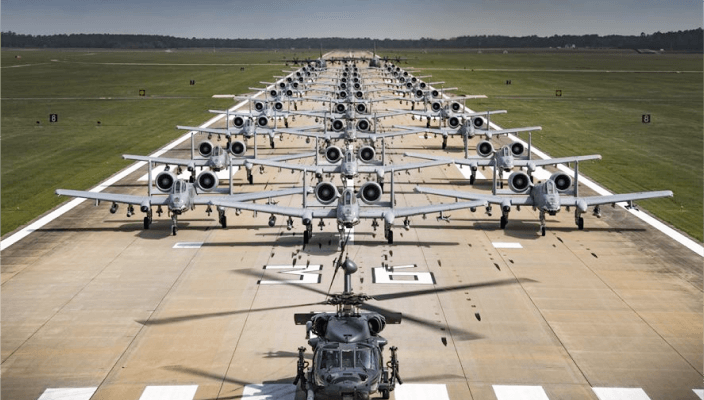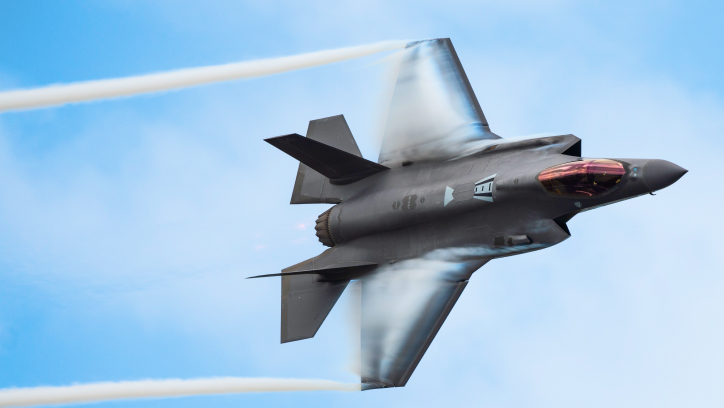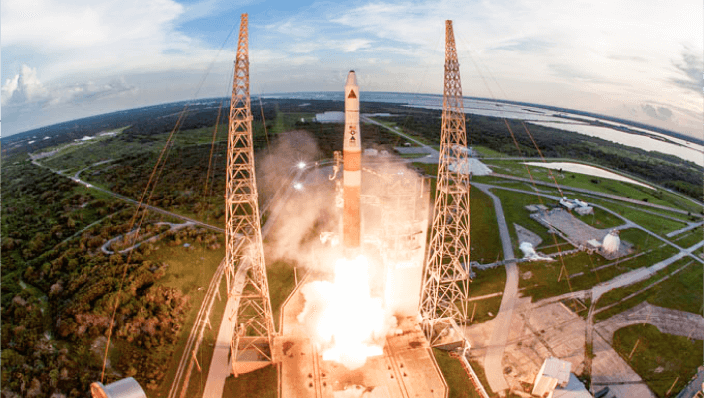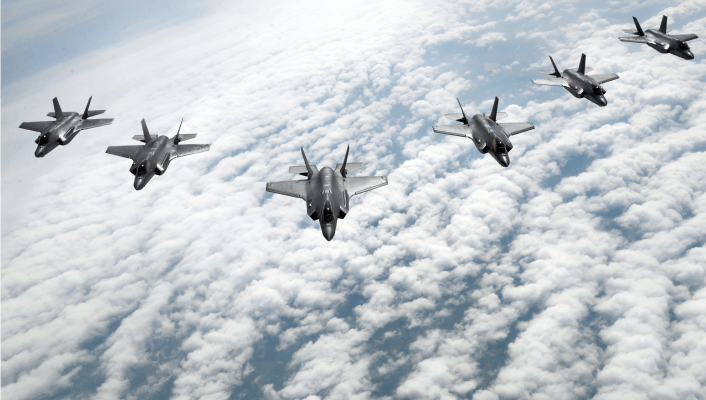Dr. Schneider & Dr. Blank
Dr. Mark Schneider and Dr. Stephen Blank join us to discuss the current status of US-Russia relations, the progress of…
Dr. Mark Schneider and Dr. Stephen Blank join us to discuss the current status of US-Russia relations, the progress of…
General Timothy Ray, Commander, Air Force Global Strike Command and Commander, Air Forces Strategic – Air, U.S. Strategic Command, joins…
Frank Miller joins us as part of our Strategic Deterrence Forum to talk about everything from the effects of COVID-19…
On July 16, the U.S. Air Force asked Boeing and Northrop Grumman to submit their best proposals for building the…
The Air Force will soon request industry proposals to develop and build the Ground Based Strategic Deterrent (GBSD), the nation’s…
In the new report, the authors provide readers with an insightful look at what is often referred to as the…

Empowering actors at all levels with a smart set of options at the right time and place demands procuring the most effective, efficient, and resilient set of tools.

No matter the mission, from air superiority and long range strike to air mobility and command and control, a broad range of missions executed in the air provide vital options at the strategic, operational, and tactical realms.

Resource investment must prioritize investments that will yield best value for the Air Force, Space Force, and national security establishment as a whole.

National security space activities are essential facets of any military operation, while also creating conditions essential for the civilian economy.

Meeting national security requirements today and tomorrow requires insightful, creative approaches that prioritize America’s strengths, while not projecting undue vulnerability.